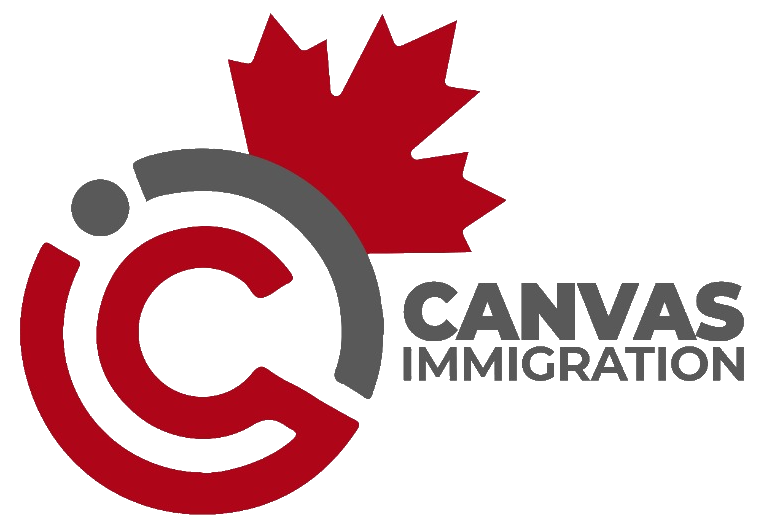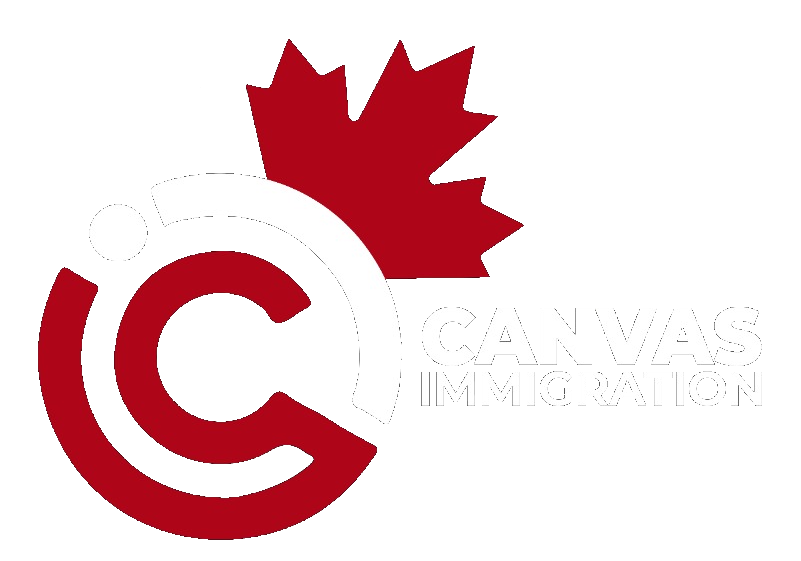Last Updated On 11 January 2025, 9:09 AM EST (Toronto Time)
As Canadians prepare to welcome 2025, navigating the cost of living and financial planning for the new year remains a priority for many.
Several tax-related changes in Canada will take effect in early 2025, impacting how people file their taxes, claim benefits, and manage savings contributions.
Here’s a detailed breakdown of what to expect in the upcoming tax season.
Table of Contents
The federal government has proposed significant changes to the capital gains tax, which could impact investors and property owners in 2025.
While the legislation for these changes has not yet been passed, the Canada Revenue Agency (CRA) has clarified that they will implement measures based on the federal notice of ways and means motion effective June 25, 2024.
What Are Capital Gains?
Capital gains refer to the profits made from selling an asset, such as stocks or investment properties.
A portion of these profits is added to your taxable income, determined by an inclusion rate.
New Inclusion Rate
- Increased Inclusion Rate: The inclusion rate for taxable capital gains will rise from 50% to 67% for individuals earning gains above $250,000 annually.
- Threshold for Modest Gains: A $250,000 annual threshold ensures individuals with smaller gains will continue to benefit from the existing 50% inclusion rate.
- Principal Residence Exemption: Canadians’ principal residences remain exempt from capital gains taxes.
- Impact on Corporations and Trusts: The new two-thirds inclusion rate applies to gains made by corporations and many trusts.
These changes aim to create a progressive tax structure while protecting lower-income earners from higher tax burdens.
For the 2025 tax season, which officially begins in mid-February, Canadians filing online should be aware of several updates:
- T619 Transmittal Record: The CRA is updating the T619 electronic transmittal record for 2025. Filers must include the revised form to complete their submissions.
- Single Return Type Submissions: Multiple return types can no longer be submitted together. Each return type must be filed separately.
- New Validation Processes: Online validations will flag errors in real-time to reduce filing mistakes.
Expansion of Automatic Tax Filing
The federal government is expanding its automatic tax filing initiatives.
- SimpleFile by Phone: Invitations for this service will increase to two million Canadians in 2025, up from 1.5 million in 2024.
- This program simplifies tax filing for eligible individuals by allowing them to file automatically over the phone.
RRSP Contribution Limits
- The Registered Retirement Savings Plan (RRSP) contribution limit will rise to $32,490, up from $31,560 in 2024.
- This change provides Canadians with more room for tax-deferred retirement savings.
Canada Pension Plan (CPP) Contributions
- Year’s Maximum Pensionable Earnings (YMPE): Increased to $71,300, up from $68,500 in 2024.
- Basic Exemption Amount: remains unchanged at $3,500.
- Employee and employer contribution rates: Both remain at 5.95%, but maximum contributions will rise to $4,034.10, up from $3,867.50.
- Self-Employed Contribution Rates: These remain at 11.90%, with maximum contributions increasing to $8,068.20 from $7,735.00.
Tax-Free Savings Account (TFSA): After consecutive increases in prior years, the annual TFSA contribution limit will remain at $7,000 for 2025.
Inflation continues to influence government benefits such as the Canada Child Benefit (CCB) and Old Age Security (OAS).
These adjustments ensure that benefits keep pace with changes in the cost of living.
Old Age Security (OAS)
- OAS benefits are reviewed quarterly to reflect changes in the Consumer Price Index (CPI). For the first quarter of 2025, OAS payments will remain unchanged due to stable CPI levels.
Canada Child Benefit (CCB)
- CCB payments are recalculated annually in July, based on a family’s net income from the previous year and adjusted for inflation.
- In 2025, CCB is expected to increase to $7,997 per year for children under 6 years old.
GST/HST Credit
- These quarterly payments help low- and modest-income families offset the Goods and Services Tax (GST) or Harmonized Sales Tax (HST). These credits are non-taxable.
- For 2025, the highest payment for single people will rise to $533, up from $519 in 2024.
- Couples can receive up to $698, plus $184 for each child. For a family of four, that amounts to up to $1,066 every year, or $266.50 every three months.
Starting January 1, 2025, the Department of Finance announced updates to income tax deduction limits for vehicles:
- Leasing Costs: The monthly tax-deductible leasing cost will increase to $1,100, up from $1,050.
- Capital Cost Allowance (CCA): The ceiling for Class 10.1 passenger vehicles will rise to $38,000, up from $37,000.
- Mileage Allowances: Tax-exempt allowances for business use of personal vehicles will increase:
- Provinces: 72 cents per kilometre for the first 5,000 kilometres (up by two cents), and 66 cents for additional kilometres.
- Territories: 76 cents per kilometre for the first 5,000 kilometres (up by two cents), and 70 cents for additional kilometres.
Financial Planning
Canadians should review their portfolios and consider the impact of the higher inclusion rate for capital gains.
Adjusting investment strategies to stay below the $250,000 threshold can help minimize tax burdens.
Retirement Savings
The increase in RRSP and CPP contribution limits offers an opportunity to boost retirement savings.
Canadians should consider maximizing contributions to benefit from tax-deferred growth.
Tax Filing Preparation
With new online validation processes and updated submission rules, early preparation will help Canadians avoid errors and streamline the filing process.
Staying Informed
As these tax changes roll out, staying informed will be crucial for Canadians looking to optimize their finances.
Consulting with tax professionals and utilizing CRA’s resources can ensure compliance and maximize benefits in 2025.
The tax changes set for 2025 present both challenges and opportunities for Canadians.
By understanding the updates to capital gains taxes, filing procedures, and contribution limits, individuals can take proactive steps to manage their finances effectively.
As inflation continues to shape government benefits, these adjustments aim to support Canadians in navigating the evolving economic landscape.
Gagandeep Kaur Sekhon
Something went wrong. Please refresh the page and/or try again.
You may also like: New Canada laws and rules effective 2025 that you must know
New Canada Passport Ranking 2025: Full List of Visa-Free Countries
New Express Entry draw category’s expected list of 6 occupations
New Ontario Trillium Benefit Payment to Be Sent on January 10
New Canada Workers Benefit 2025 Payment On January 10

